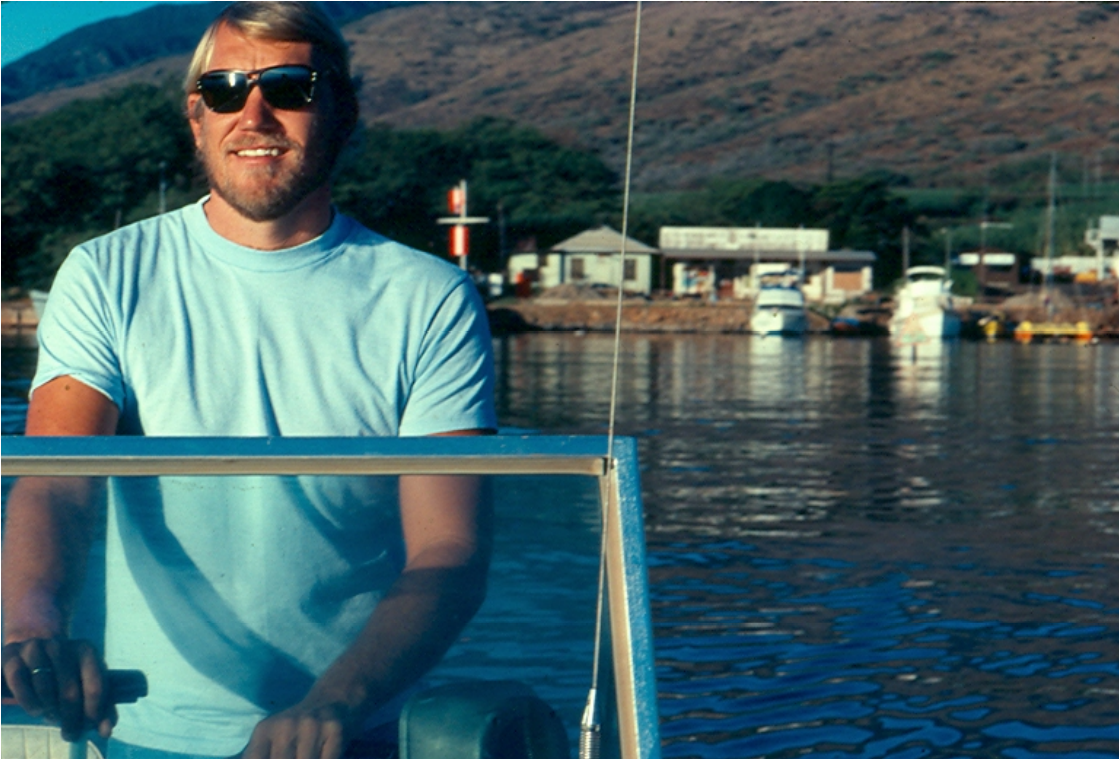
Wall Street Journal Nov. 27, 1984
Catching The Action…
By Charles Monaghan
It’s 7:30 in the morning at the Honolulu fish auction in Kewalo basin, not far from downtown. Then morning’s results will set fish prices in supermarkets and retail shops, and for hundreds of restaurant tables in Hawaii and North America.
The exceptional local interest in fish has not inflated prices, except for the occasional rise in the cost of sashimi-grade tuna. Wholesale fish prices have remained on a plateau over the past six years or so, according to Bruce Johnson, owner of Fresh Island Fish Co. at Maalaea on the island of Maui.
This is true, Mr. Johnson says, despite the fact that the waters around the islands have been over-fished. Prices have stayed flat, nonetheless, because Hawaiian fisheries have expanded to the small islands in the northwestern part of the state, particularly a small group called the French Frigate Shoals.
“Six years ago, two or three boats were working on the Shoals,” Mr. Johnson says. “Now,
there are about 30.”
They have their work cut out for them. Onaga, leihi and opakapaka are difficult to catch. Fishermen drop long lines dangling dozens of hooks baited with squid to the depth of the shelf where the fish feed. Depths range from 600 to more than 1,000 feet. “Some people do it hydraulically,” Mr. Johnson says, “but most do it by hand. We’ve had fishermen come from the mainland where they’re used to trawling for fish, and they can’t make it here.”
Mr. Johnson knows whereof he speaks. The son of Norwegian parents who emigrated to Wisconsin, he arrived in Hawaii at age 17 and went to work as a fisherman himself. Now he air-freights his carefully packed boxes of fish to restaurants as far away as Dallas’s Mansion at Turtle Creek and Washington’s Regent Hotel. His sales approach $6 million a year.
